Exploring Racial and Social Segregation in “Crash”
The film “Crash” offers a compelling exploration of racial and social segregation through its gripping narrative and well-developed characters.
This essay aims to analyze the themes of race and social isolation as depicted in the movie, examining their historical context, impact on individuals and society, and the need for social change.
Racial and social segregation, as root causes of societal issues, affect people’s quality of life, social equity, and justice.
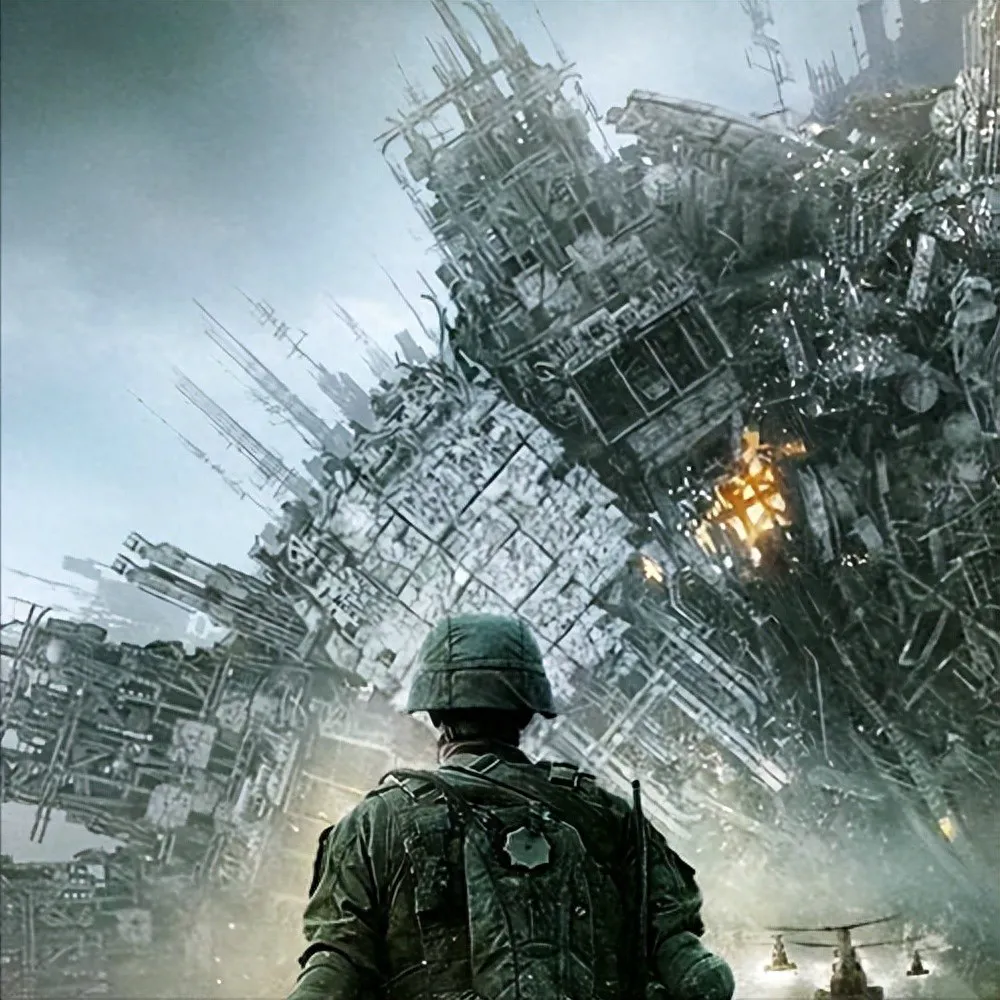
Through interpreting the plot, characters, and symbols in “Crash,” we can gain a deeper understanding of the complexity and urgency of this issue.
This study seeks to stimulate reflection on race and social segregation and provide theoretical and practical guidance for achieving social change and promoting social justice in the future.
Historical Context of Racial and Social Segregation
“Crash” delves deeply into the themes of racial and social segregation, and to fully grasp this issue, it’s essential to consider its historical backdrop.
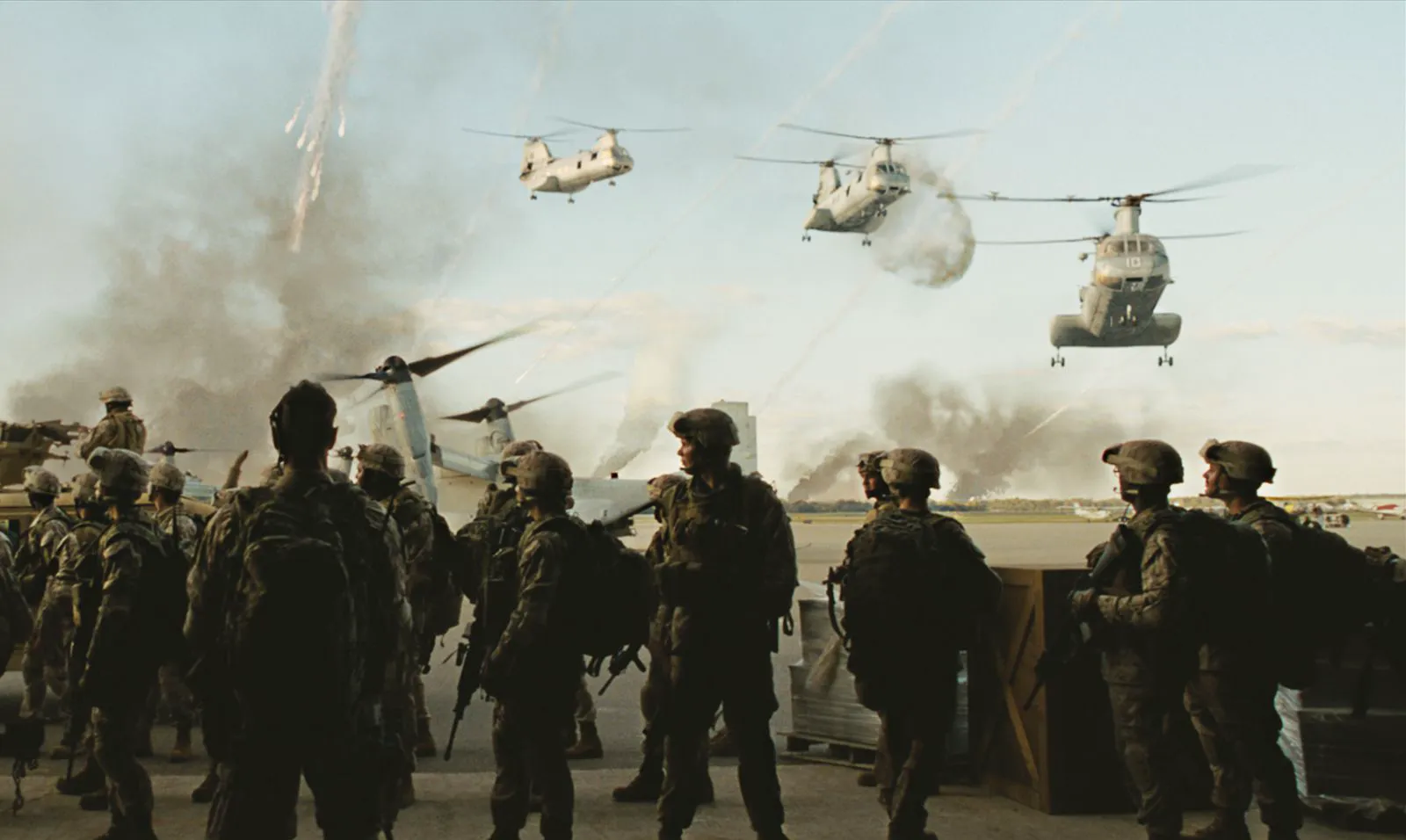
Racial and social segregation is a phenomenon of separation and exclusion of specific ethnic groups that exists explicitly or implicitly in society. In American history, racial and social segregation has had a profound impact.
Beginning in the 17th century, European colonists established plantations in North America, and a large number of Africans were enslaved and transported to the New World. The establishment of slavery and the racial discrimination and exploitation of Africans were the seeds of racial segregation in the United States.
In the mid-to-late 19th century, the United States experienced the Civil War, and the situation changed after the abolitionist movement. However, during the Reconstruction era and the Jim Crow era in the South, racial segregation policies against blacks were rapidly established.
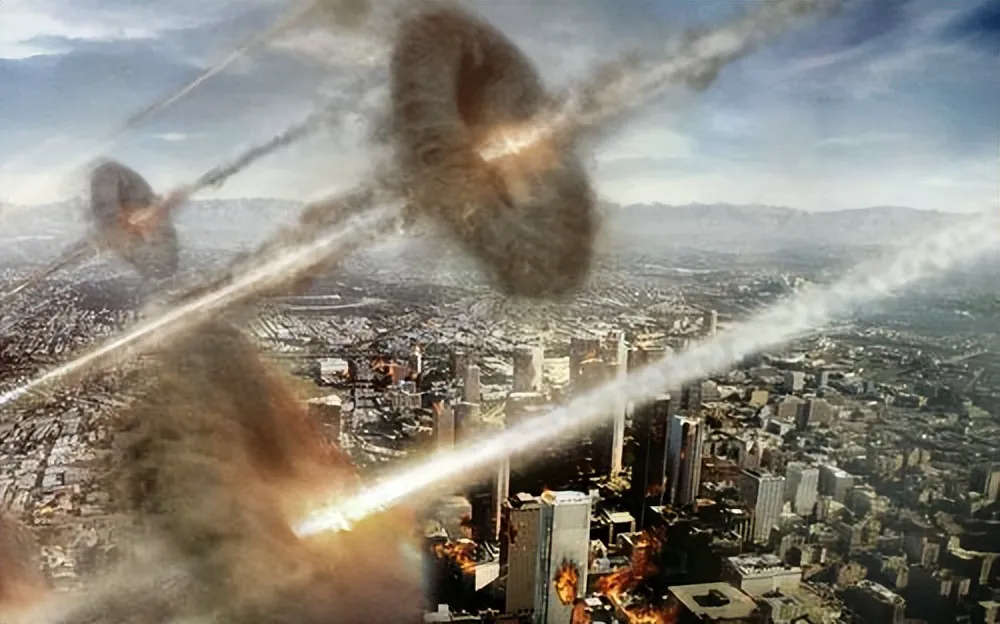
Racial segregation was implemented in all areas, including public places, schools, housing, and voting rights. In the mid-20th century, the American Civil Rights Movement broke out, and many blacks and other minorities began to actively fight for equal rights.
With the promotion of the Civil Rights Act passed in 1964 and the Voting Rights Act of 1965, the U.S. government began to abolish racial segregation policies.
However, despite some progress, social segregation and racial inequality issues still exist. Los Angeles, as a multicultural city, has also experienced stages of racial and social segregation.
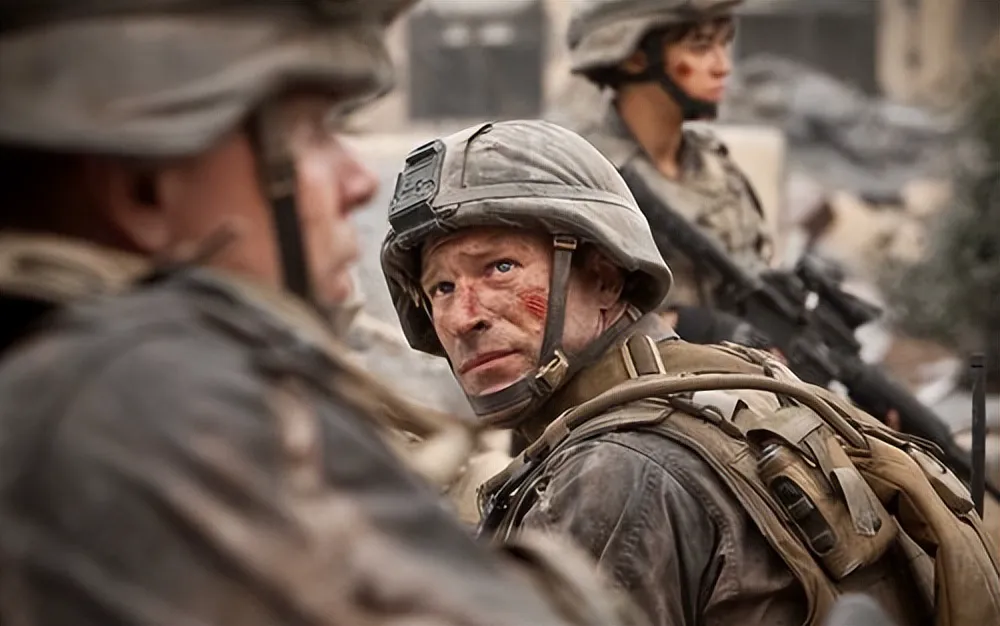
In the early 20th century, Los Angeles implemented some racial restrictions, such as “redlining” policies and racially independent communities. This led to racial division and inequality in the city.
The historical background of Los Angeles reflects the racial and social segregation phenomenon of American society as a whole. Understanding this historical background is crucial for deeply understanding the racial and social segregation issues presented in the film and thinking about how to solve these problems.
Representation of Race and Social Segregation in “Crash”
The film “Crash” vividly demonstrates the phenomenon of racial and social segregation through its engaging plot and detailed portrayal.
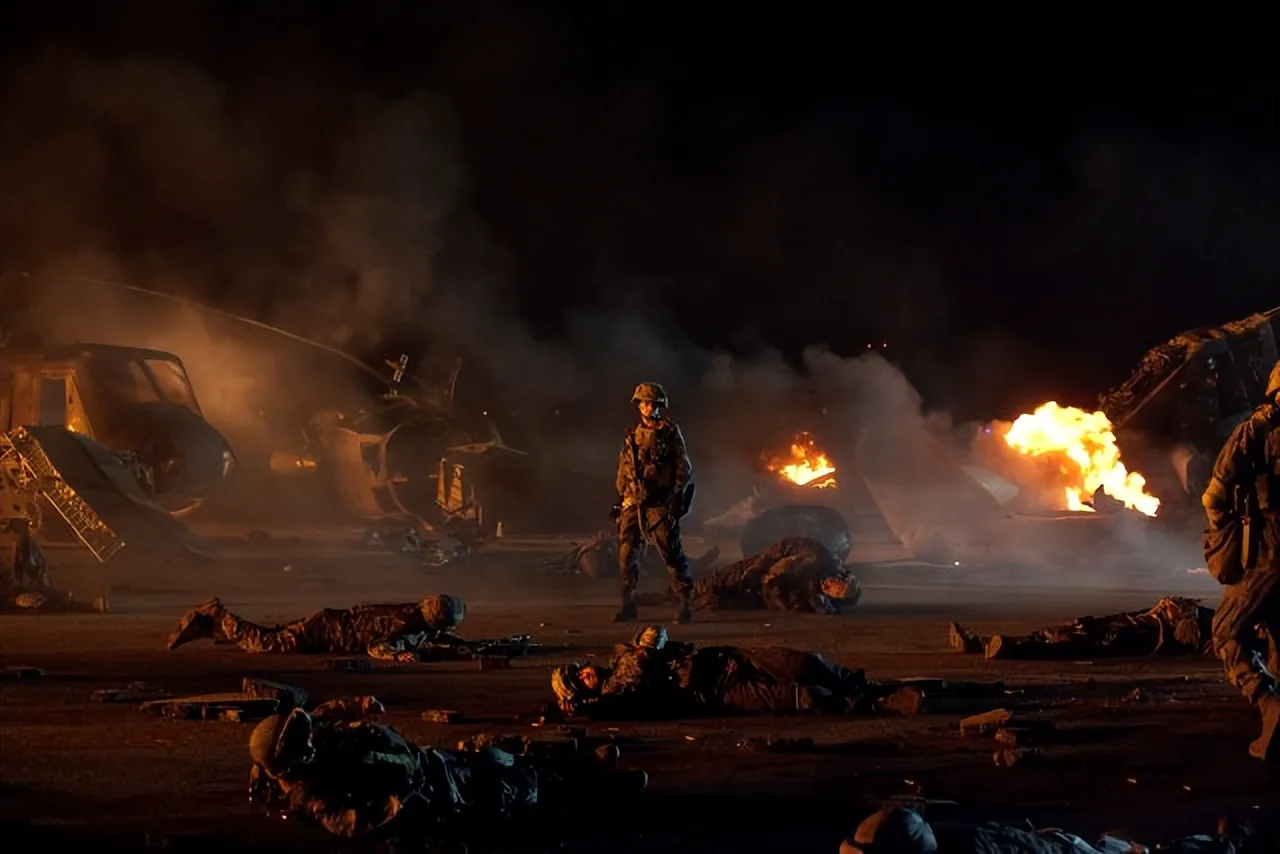
In the film, we can see the following aspects of the presentation of race and social segregation. The film shows the existence of racial segregation by depicting the differences between different communities.
Los Angeles is divided into areas where various races gather, such as Indian, Mexican, and African communities. There are obvious economic, cultural and social gaps between these communities, creating a separate reality.
The storyline in the film highlights the impact of social segregation on individuals and families. The protagonist experiences conflicts and segregation between different ethnic groups while growing up.
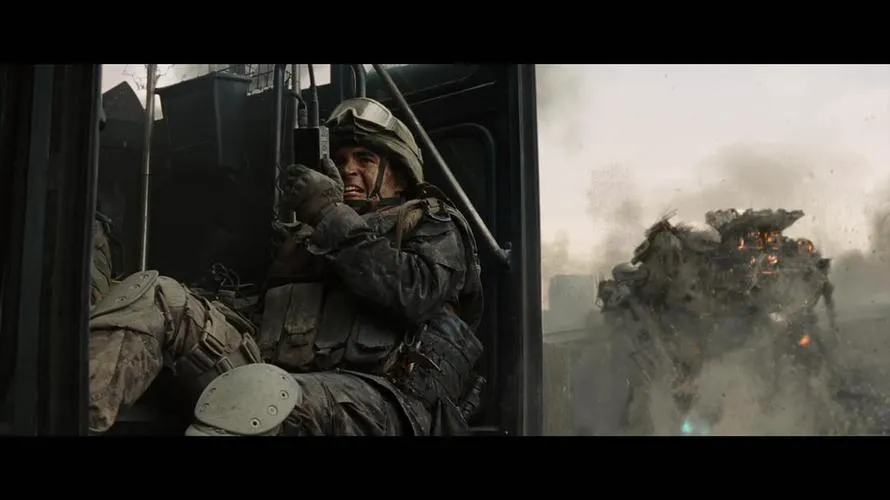
They have to deal with social stereotypes, discrimination and violence, all of which are caused by race and social segregation. The film also shows the impact of social segregation on education and job opportunities.
Many people come from poor communities, and limited resources and opportunities make it difficult for them to pursue better education and careers. This structural inequality has led to a widening gap between races.
The violent conflicts and social unrest in the film also reflect the tensions brought about by race and social segregation. The violent conflicts that triggered the incident reflect the long-term accumulation of pressure and tension between different communities.
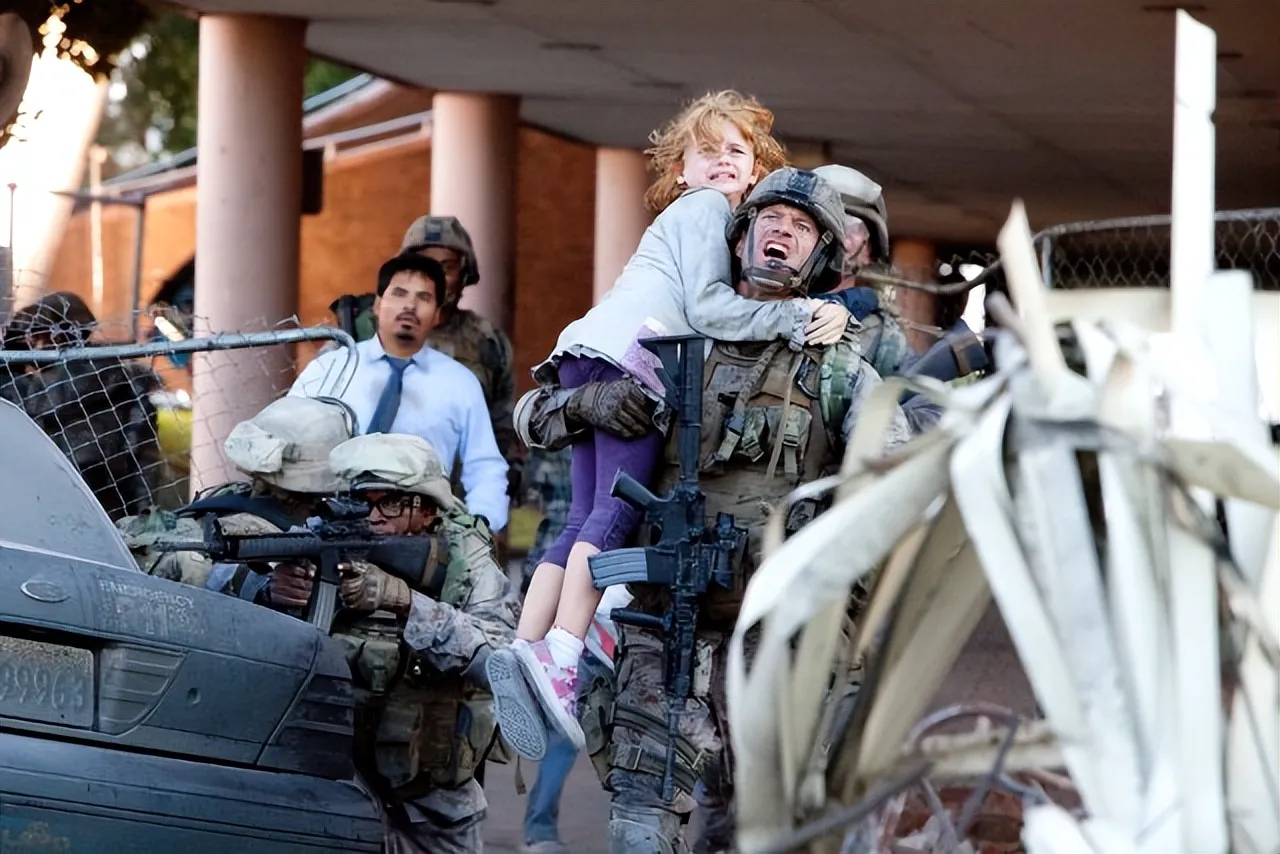
Through the presentation of these plots, “Crash” successfully reveals the reality of race and social segregation. It reminds us to reflect on the social structure we are in and think about how to eliminate these inequalities and segregation.
This film provides the audience with a strong and profound touch, inspiring reflection on social justice and equality.
Impact and Consequences of Racial and Social Segregation
The film “Crash” vividly demonstrates the profound impact and consequences of racial and social segregation on individuals and society. The following are some of the impacts and consequences of race and social segregation in the film.
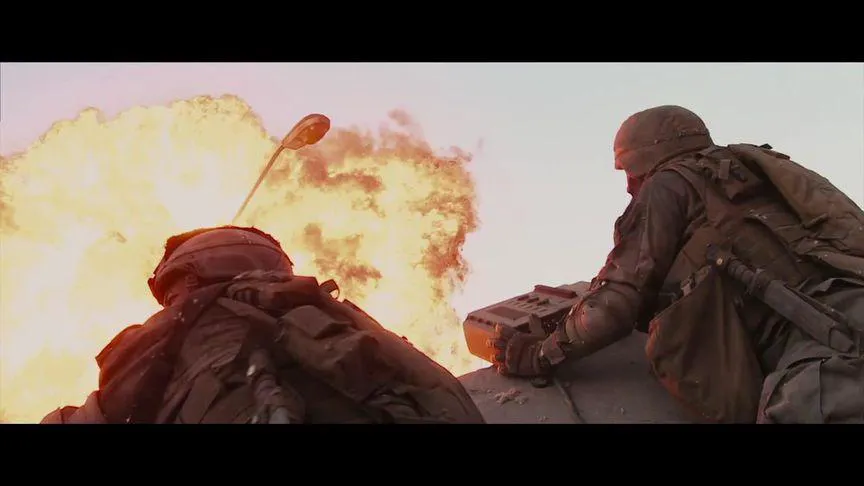
Race and social segregation lead to social injustice and economic inequality. Segregated racial groups often face low incomes, high unemployment rates, and limited educational opportunities.
They are often denied equal opportunities to improve their living conditions, leading to poverty and social marginalization. Race and social segregation have a negative impact on individual mental health.
Isolated individuals often experience discrimination, exclusion, and unfair treatment, which can lead to mental health problems such as stress, anxiety, and depression. Long-term exposure to this environment can also damage an individual’s self-esteem and confidence.
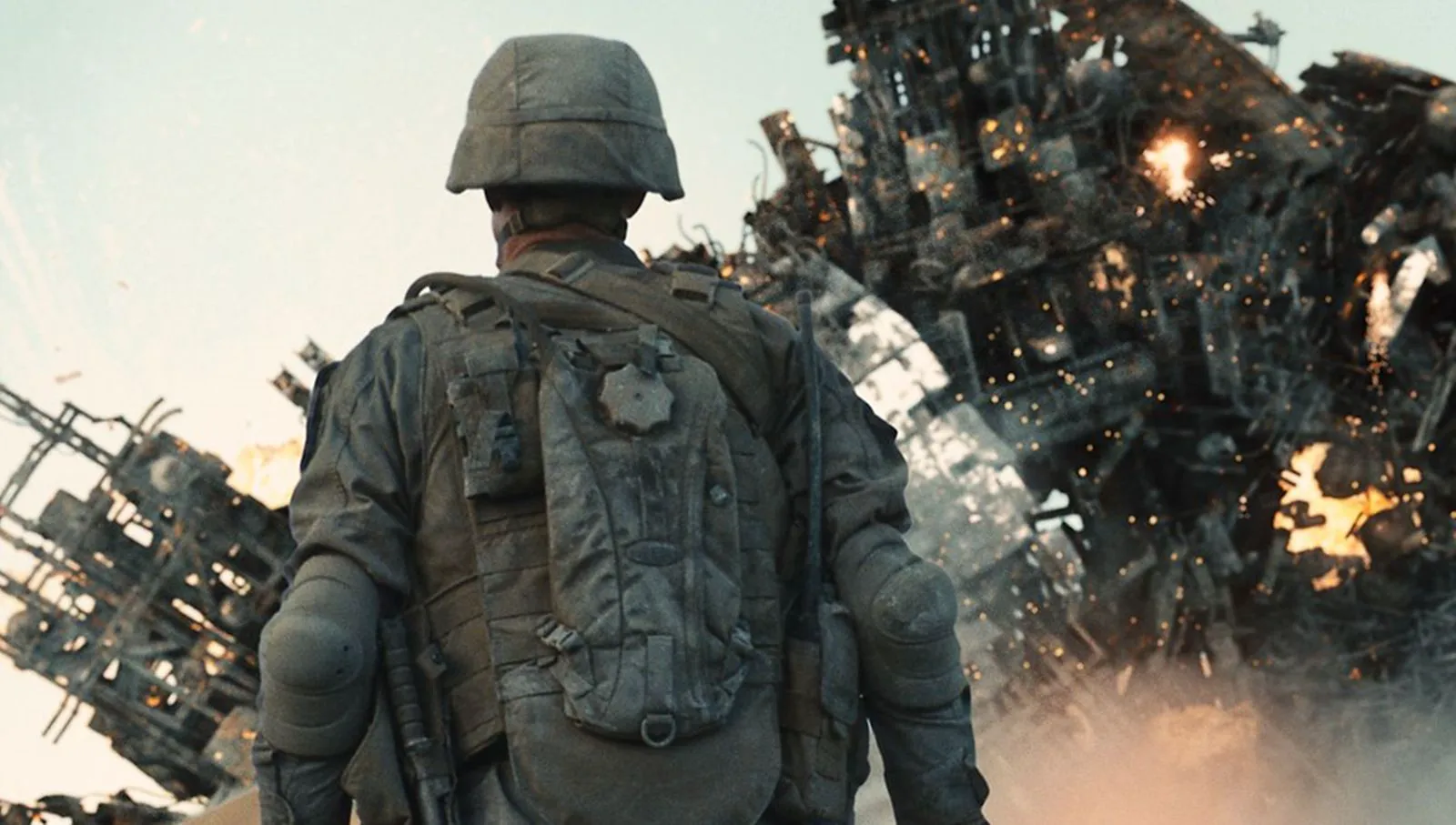
Race and social segregation also hinder social harmony and unity. It exacerbates divisions and hostility between different groups, leading to social contradictions and tensions.
This division has a negative impact on social cohesion and civic participation, hindering the common progress and development of society. Most importantly, race and social segregation undermine social diversity and inclusion.
It makes it impossible for individuals’ cultures and identities to be respected and recognized, and limits people’s interpersonal interactions and mutual understanding. This hinders cultural exchange and harmonious development in society and hinders social diversity, integration and innovation.
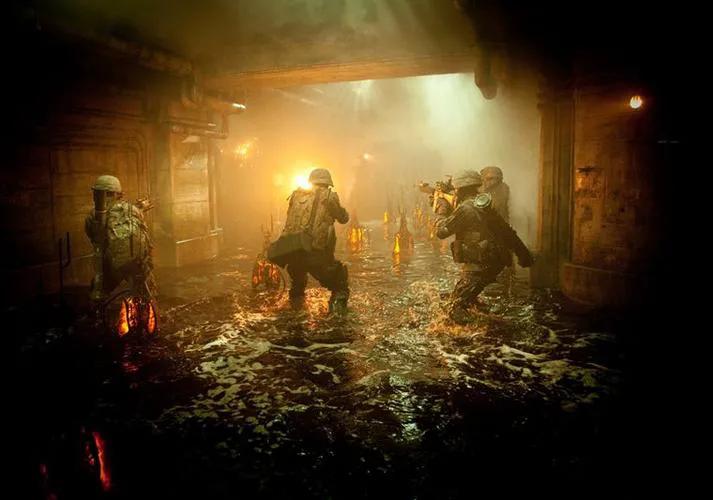
“Crash” shows that race and social segregation have a wide range of impacts and consequences: unfair social conditions, mental health problems, social disharmony, and limited cultural diversity.
Understanding these impacts and consequences can further raise awareness and reflection on the issue of race and social segregation, and provide guidance for promoting social justice, equality and diversity.
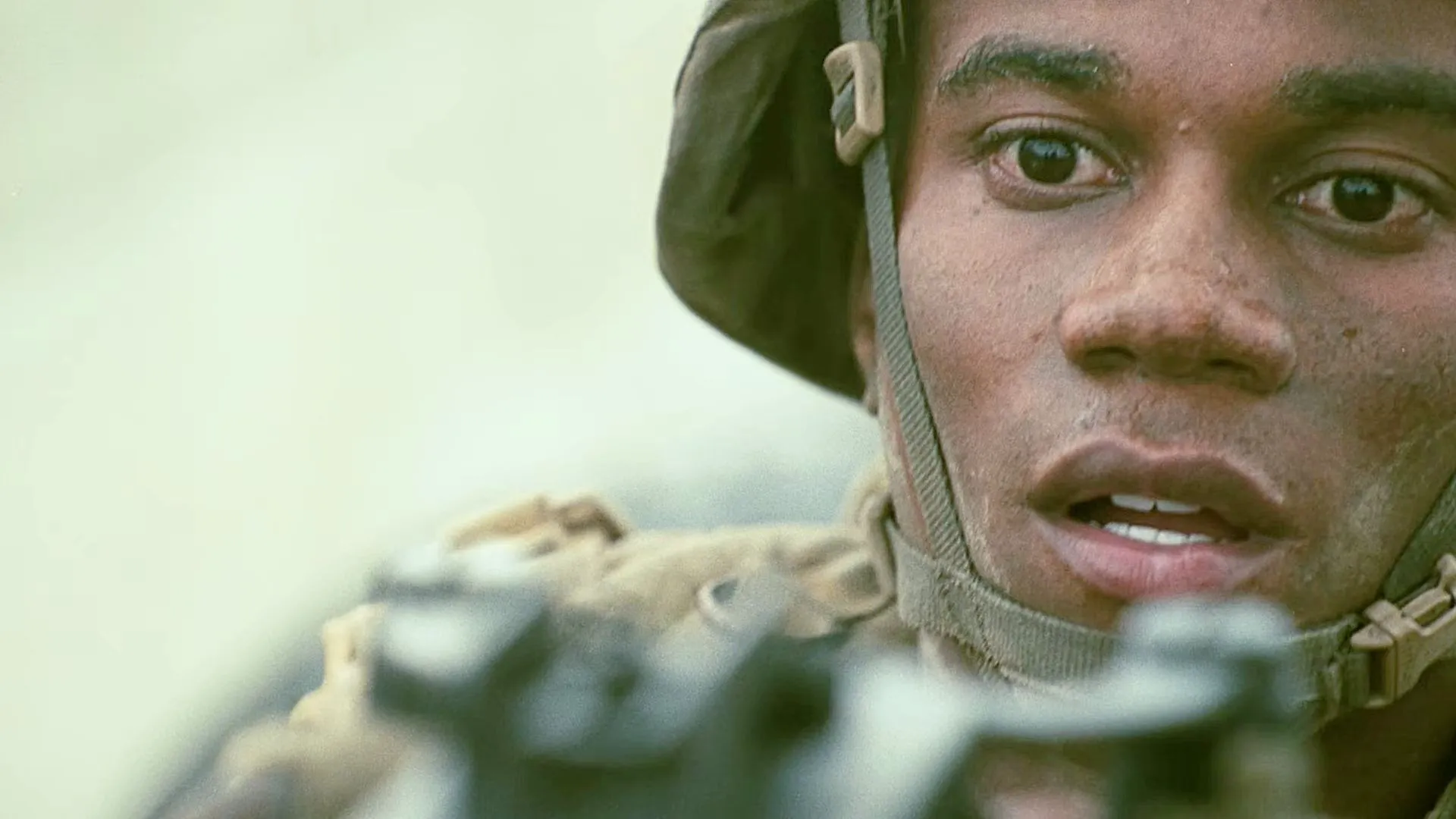
Conclusion
“Crash” accurately and profoundly explores the reality of race and social segregation. Through engaging storylines and realistic character portrayals, the film vividly demonstrates the impact of race and social segregation on individuals and society.
Race and social segregation lead to a variety of negative consequences such as social injustice, economic inequality, mental health problems and social disharmony.
This film reminds people to reflect on and pay attention to the phenomenon of segregation in society, and calls for the promotion of social justice, equality and diversity.
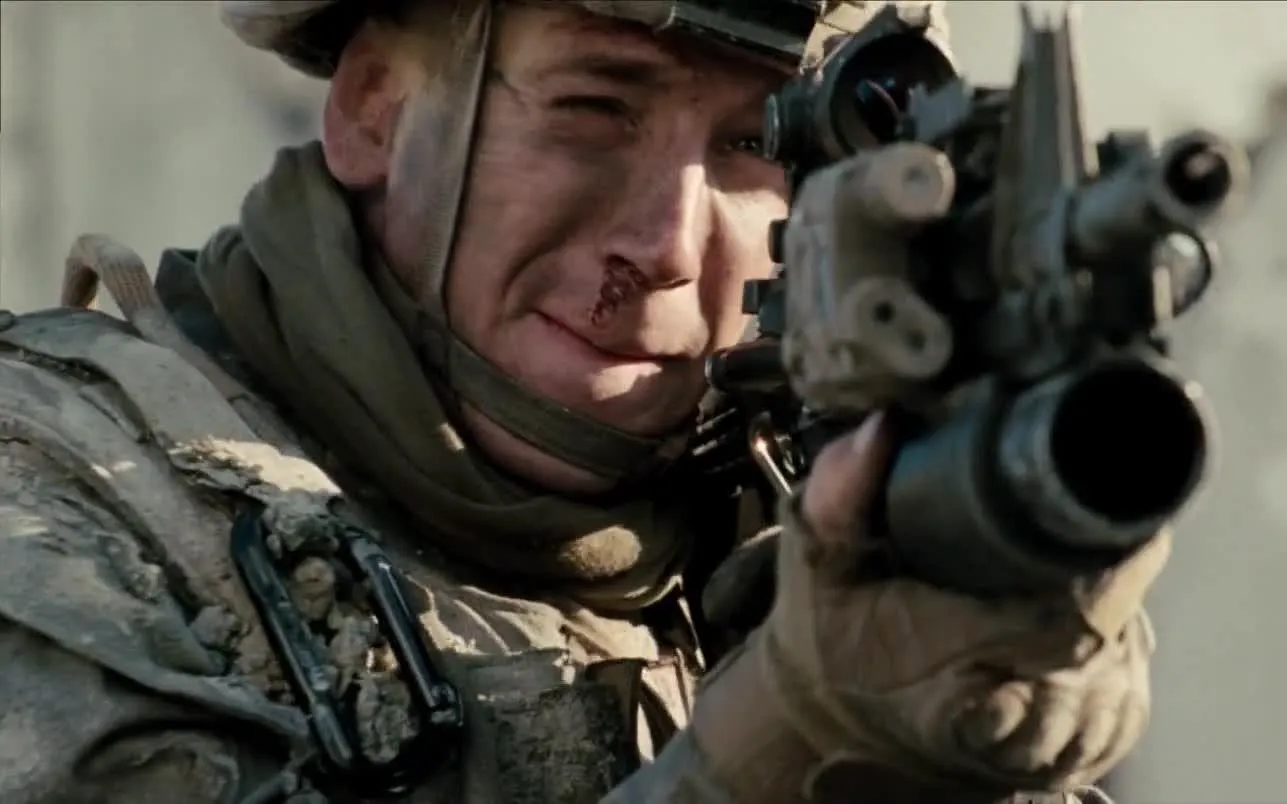
Only through increasing understanding, promoting dialogue, and taking action can we achieve a more inclusive and just society and abandon race and social segregation.